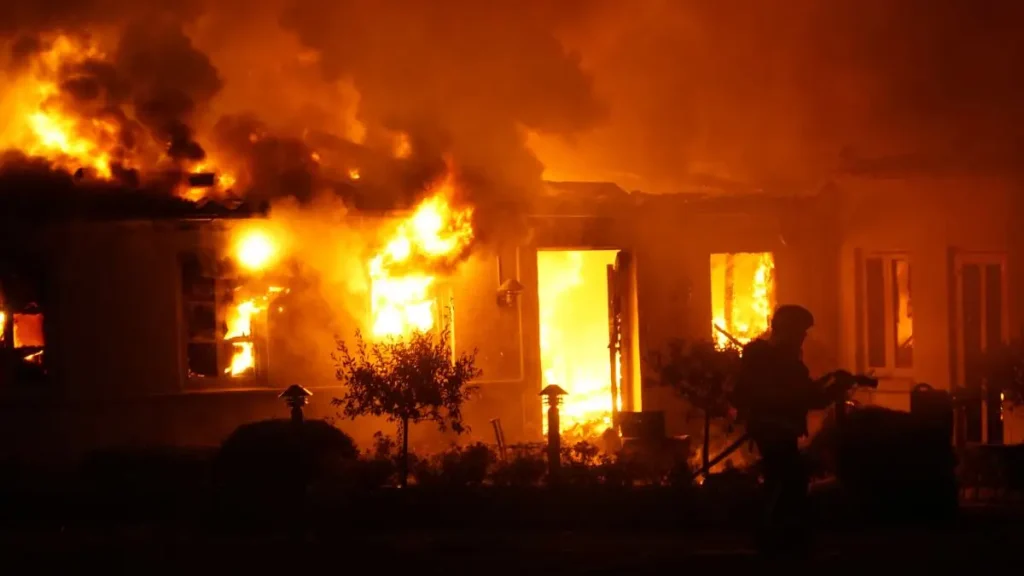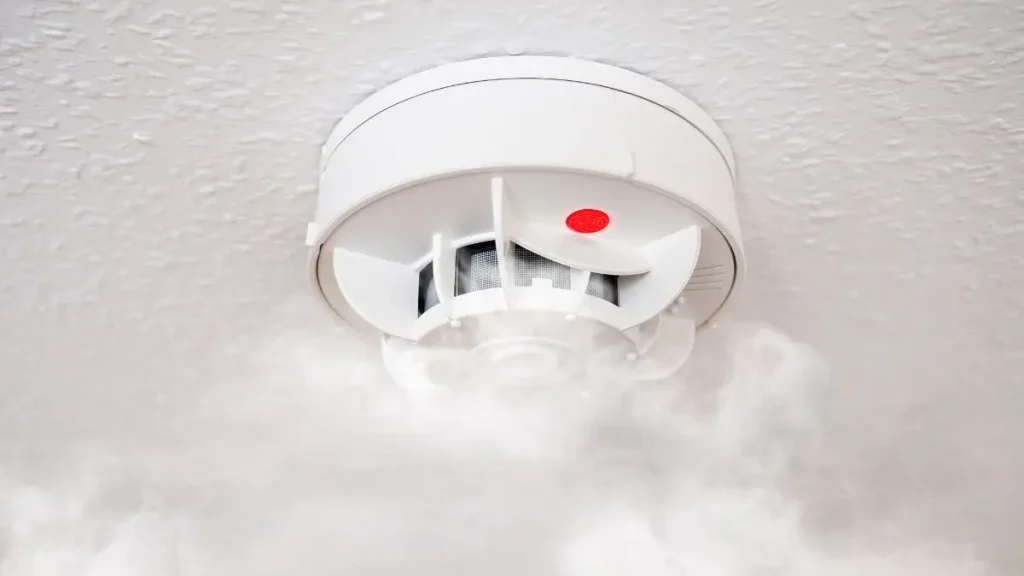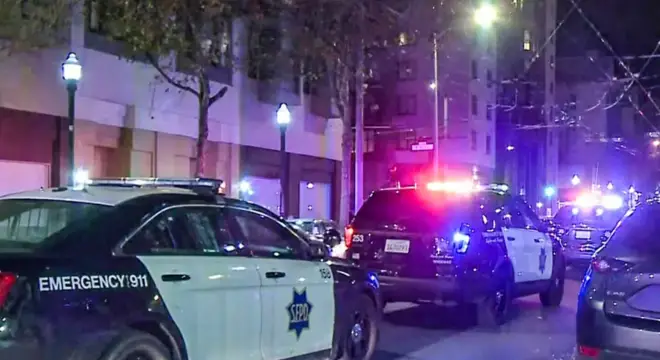New Kensington Fire Leaves Residents of Four Apartments Homeless
I can’t imagine waking up at 1 a.m. to the sound of chaos and the smell of smoke—but that’s exactly what happened to the people living at 533/535 Sixth Avenue in New Kensington early Saturday morning.
The fire started at the back of the three-story building, a structure split into four separate apartments. Within minutes, it had burned through the roof. I spoke to residents and checked every detail I could: all four units were occupied, but thankfully, no one was seriously hurt. A couple on the first floor managed to escape with their two dogs. Others were either away or lucky enough to get out in time.
What’s striking is how quickly it all unfolded. Firefighters got the call just after 1 a.m., and it took over three hours to bring the blaze under control. Departments from five nearby towns rushed in to help. According to New Kensington Fire Chief Ed Saliba, the first crews went in aggressively but had to pull back when the roof threatened to collapse. They regrouped and managed to put the fire out before it spread to nearby homes.
But the damage was done. Four families are now displaced, sorting through smoke-damaged belongings, and figuring out what comes next.
Imagine it’s your home—gone by sunrise. What would you save first?
“Our Home Was Full of Smoke”—What Residents Saw and Felt
If you’ve ever woken up to that gut-punching smell of smoke, you know the panic that follows. One couple living on the first floor told TRIB Live they both woke up around the same time to find their apartment filled with thick smoke. No alarms—just instinct. They grabbed their two dogs and bolted out the front door.
The fire, they said, spread faster than they expected. It started in the back of the building and moved upward, eventually burning through the roof. By the time they were outside, flames had already taken over.
That hit me hard. It’s easy to think, “I’d stay calm and grab my things,” but in reality, you’ve got seconds—maybe less. They didn’t have time to think about clothes, valuables, or even where they were going. Just survival.
You might think you’re prepared for a fire. But in the middle of the night, when your guard’s down and your pets are sleeping next to you, everything changes.
Cause Still Unknown—But State Investigators Are Involved

Right now, we still don’t know exactly what caused the fire. What we do know is that the flames started in the back of the house, near the kitchen area, according to New Kensington Fire Chief Ed Saliba.
TribLive reports that a State Police fire marshal has officially taken over the investigation. That usually happens when there’s something unusual or suspicious about how the fire started.
And that makes sense here. No one has said it outright, but the speed and severity of the fire raise questions. Was it electrical? Was someone cooking late at night? Or could it be something else entirely?
As someone who’s written about fire safety for years, I always tell people: if you’re curious, ask questions now—not after tragedy strikes. Fires that happen in the early morning hours are often linked to kitchen equipment, heaters, or overloaded outlets.
But until officials say more, we can only wait—and hope for answers soon.
Interestingly, similar back-to-back fire incidents were reported recently in California, where crews had to respond to multiple house fires in the same day—raising questions about resource stress and fire season patterns.
Firefighters Pulled Back, Then Went Back In—A Tactical Battle
This wasn’t your average house fire. From what I gathered, the initial crew went in strong. They made what the chief called an “aggressive attack” inside. But the smoke was so thick, and the roof so compromised, they had to pull back.
If you’ve ever seen a roof collapse in real time, you’ll understand why that decision probably saved lives.
What I appreciate here is the coordination. Volunteer departments from Lower Burrell, Arnold, Plum, Tarentum, and Murrysville joined New Kensington’s team. That’s not just neighborly support—it’s a real sign of how seriously they took this situation.
Three hours is a long time to fight one fire. But they managed to contain it, protect nearby homes, and avoid injury. Later that day, a mattress reignited, but it was handled quickly.
You and I might not think much about how fires are fought, but knowing when to push in—and when to pull back—makes the difference between control and catastrophe.
Drop a comment below:
Would you have pulled back like the firefighters did—or kept pushing forward? I’d love to hear how you think fire crews should balance risk and urgency in moments like this.
“No One Warned Us”—Neighbor’s Frustration Over Missed Alert
This part stayed with me.
Charlie Russell, who lives right next door, told TribLive that no one came to warn her or her family. Not the fire department. Not police. Nothing.
She had five little girls inside, all under 10 years old, along with her boyfriend and his son. And she only found out because that boy ran several blocks to wake them up.
Let that sink in for a second.
Her house wasn’t damaged physically, but it filled with the smell of burned plastic and smoke. That alone can have lasting effects—especially on kids.
When asked, Chief Saliba said there was some distance between the homes and that crews always try to ensure everyone’s safe. But if you were Charlie, would that feel like enough?
You expect someone to knock. A siren. A shout. Anything.
I’m not pointing fingers—but I am saying: let’s not ignore how easy it is for people to slip through the cracks during chaos. We’ve got to do better in moments like this.
In situations like this, real-time alerts can make all the difference. I’ve seen several neighborhoods use WhatsApp channels to stay informed about local emergencies, road closures, or fires like this one. If your area has one, it’s worth joining—you never know what alert could save time or lives.
Where Do These Families Go From Here?
I stood there for a moment, just watching as residents tried to salvage whatever they could—boxes, burnt clothes, maybe a photo album or two. It hits differently when you realize everything they owned was inside that building.
According to reports, all four apartments were occupied, though not everyone was home at the time. But now, none of them have a place to return to.
As of now, there’s no official word on Red Cross involvement or temporary housing plans. That’s a gap that needs filling—and fast. These aren’t just tenants, they’re people with routines, jobs, kids in school, pets, medications, and bills.
If you’ve ever experienced even a minor disaster, you know how hard it is to think clearly. The immediate trauma is just the start—the real struggle begins the next day, when you wake up and realize everything has to be rebuilt.
If you’re from New Kensington and wondering how to help, keep an eye on local donation drives. Even offering someone a place to store their things, or helping make calls to find housing, can go a long way.
This reminds me of the Mukwonago home fire, where it took nearly four hours and multiple departments to bring the flames under control—just like what happened here on Sixth Avenue.
How to Protect Yourself in a Fire—Before It’s Too Late

I’ve written about dozens of house fires, but they all come down to this: most of us are never really prepared. We think we are—but until smoke fills the room, you don’t know how fast things fall apart.
So let me ask you:
- Do you know where your smoke alarms are—and when they were last tested?
- If the back of your house caught fire at 1 a.m., would you know which exit to take?
- Could your kids or elderly parents escape without you?
Most apartment fires—especially those that start in kitchens or near electrical points—spread fast. The NFPA (National Fire Protection Association) reports that cooking remains the leading cause of residential fires, and unattended cooking is a top culprit.
Here’s what I’d recommend based on this and similar incidents:
- Check every smoke alarm monthly. Don’t just assume it works.
- Practice two escape routes. Especially if you live in a building with shared hallways or back exits.
- Never block doors with furniture or boxes—I’ve seen this become fatal more than once.
- If you smell burning plastic or see flickering power, report it—even if it feels minor.
You don’t have to live in fear. But being a little paranoid about fire safety? That’s just smart.
In another devastating case, a house explosion in Kirksville left two people injured and a family displaced—showing just how quickly life can change from one second to the next.
What This Fire Tells Us About Community—and What Has to Change
This wasn’t just a fire. It was a stress test—for the families, the first responders, and even the systems meant to protect us.
We saw the best of community response—volunteer fire crews from multiple towns, neighbors sharing updates, and people offering support online.
But we also saw where things fell short.
No warning to the house next door. No known plan for displaced residents. No public update from police as of this writing. These aren’t small gaps—they’re reminders that disaster response is only as strong as its weakest link.
If you live in a multi-unit building, or even a dense neighborhood like Sixth Avenue, this story should make you pause.
Here’s what I’ll leave you with:
- Don’t wait for something like this to happen near you.
- Talk to your landlord or housing board about fire protocols.
- Check on your neighbors.
- Be the one who does knock if you ever see danger.
For more real stories on house fires, explosions, and how to stay safe, visit our Home Incidents section on BuildLikeNew.
Disclaimer: The information in this article is based on available news reports and official statements at the time of writing. Details may evolve as investigations continue. Always refer to local authorities or verified sources for the latest updates.


